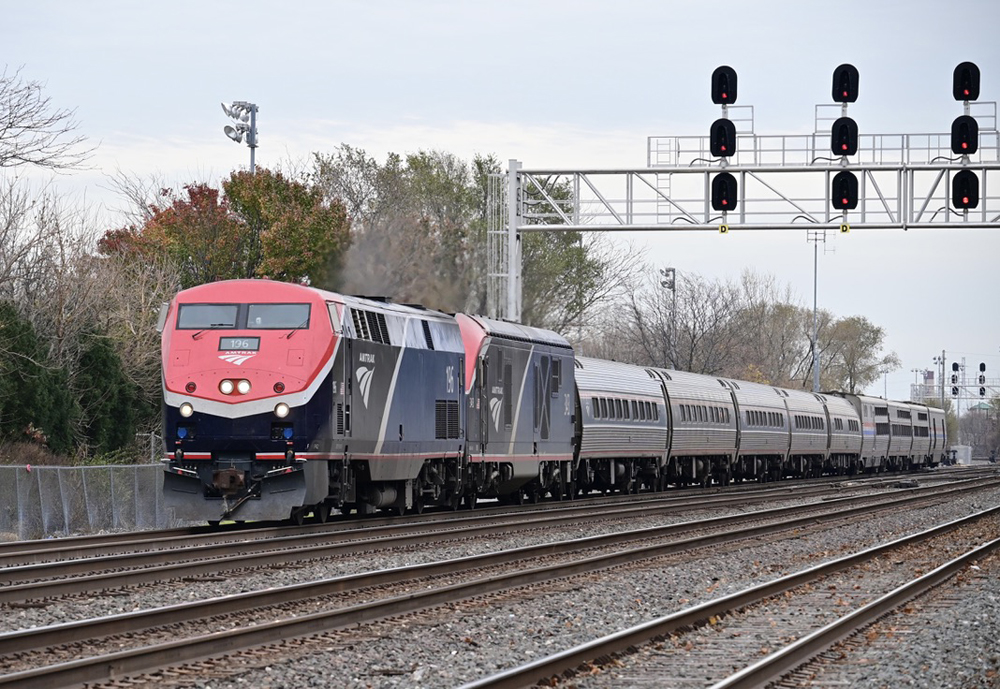
WASHINGTON — Just before adjourning last weekend, the U.S. Senate confirmed four nominees to Amtrak’s Board of Directors who are in position to bring different perspectives and active oversight to the organization.
The last-minute legislative action early Saturday morning was championed by Senate Commerce Committee Chair Maria Cantwell (D-Wash.) [see “Senate confirms four for Amtrak board,” Trains News Wire, Dec. 21, 2024]. She worked with ranking member Ted Cruz (R-Texas) earlier in the month to equalize party affiliations and geographical distribution of nominees who had already testified in front of the committee [see “Nominees to Amtrak board support national network …,” News Wire, Sept. 12, 2024]. If the Senate failed to confirm a slate this month, the nomination and confirmation process would have to start from scratch once a new administration and Congress took office.
Advancing candidates

Three Democrats and two Republican nominees had appeared prior to the November election, but the Amtrak board already is comprised of two Democrats, Chairman Anthony Coscia from New Jersey and Normal, Ill., Mayor Chris Koos, and one Republican, Joel Szabat, who lives in Maryland.
In addition to political-party balance, Amtrak’s reauthorization requires board members who equally represent Northeast Corridor, long-distance, and state-sponsored routes. This was particularly important to Sens. Jon Tester (D-Mont.) and Jerry Moran (R-Kan.) who each had blocked advancing any new board members because President Biden’s original slate, which some believe was orchestrated by Senate Majority Leader Chuck Schumer (D-N.Y.), had too many Northeast Corridor nominees.
Already vetted by the Commerce Committee to fill five remaining vacant board positions were:
— Former FRA Administrator Ron Batory (R), from Santa Fe, N.M.
— Valley Regional Transit CEO Elaine Clegg (D), from Boise, Idaho
— Public policy expert Lanhee Chen (R), from the San Francisco Bay Area
— Disability advocate David Capozzi (D), from Washington, D.C.
— Labor official Samuel Lathem (D), from Wilmington, Del.
Lathem was dropped to create a Republican slot Trump could fill later, while preserving geographical diversity and interests of the disabled community represented by Capozzi. Unclear is whether Jeffrey Moreland, the board’s vice chairman and a Republican, will continue to serve until another nominee is advanced in that slot.
Leadership change
The Secretary of Transportation is an ex-officio board member who usually sends the FRA administrator to meetings. David A. Fink is Trump’s pick for the FRA position [see “Trump names former Pan Am Railways president …,” News Wire, Dec. 21, 2024]. At Pan Am, Fink had a somewhat contentious negotiation over passenger train speeds with Amtrak and the Northern New England Passenger Rail Authority prior to the Downeaster’s debut on his railroad in December 2001. But in a statement, Amtrak CEO Stephen Gardner says Fink’s “extensive railroad and transportation experience makes him a great candidate for Administrator of the Federal Railroad Administration. Amtrak successfully collaborated with David on safety, technology, and passenger train performance while he led Pan Am Railways.”
What is almost certain is that a Republican will be elevated to take over from Coscia as board chairman. The two likely candidates are Szabat, confirmed early in 2024, or Batory, who has an extensive railroad background and interacted with current Amtrak management as FRA administrator from 2017 to 2021.
In message to News Wire, Batory says he “looks forward to learning about Amtrak’s state of affairs and its intended path going forward. It is truly an honor to serve as an Amtrak board of directors member and I welcome the opportunity in contributing to its future.”
Szabat has attempted to familiarize himself with all aspects of Amtrak operations; he took the Empire Builder to Seattle for the public board meeting earlier this month and was apparently the only member of the board or executive leadership to arrive by long-distance train [see “Amtrak public board meeting …,” News Wire, Dec. 4, 2024].
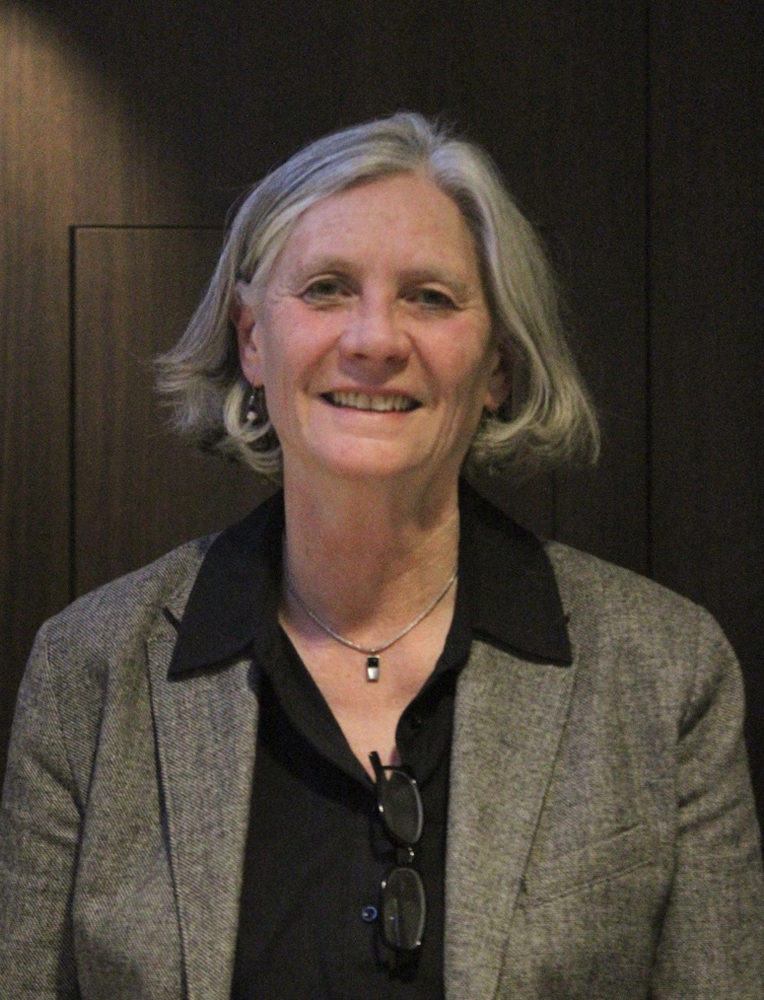
To keep current on Amtrak issues, Clegg attended the Seattle meeting prior to her confirmation and is clearly poised to hit the ground running. As head of the transit agency in Boise, dealing with a dearth of domestic electric minibus manufacturers, she backs a proposed Federal Transit Administration waiver of Buy America requirements to allow compliant electric buses from oversees to be considered until new supply chains for those vehicles are established.
Clegg sees parallels in Amtrak’s quest for new rolling stock. In a conversation this week with News Wire, she says, “I don’t have any silver bullets yet, but I think we need to do what we can to ignite new manufacturing while using remanufactured equipment in the near term for new routes. We could move forward more quickly than waiting for all new equipment.”
About her confirmation, Clegg says she is “thankful that a lot of people leaned in. I’m committed to be effective in expanding service both where it isn’t today and representing westerners who haven’t historically been represented on the board. For me, it proves that if you are a hard-working public servant trying to get the job done, partisanship doesn’t play a role.”








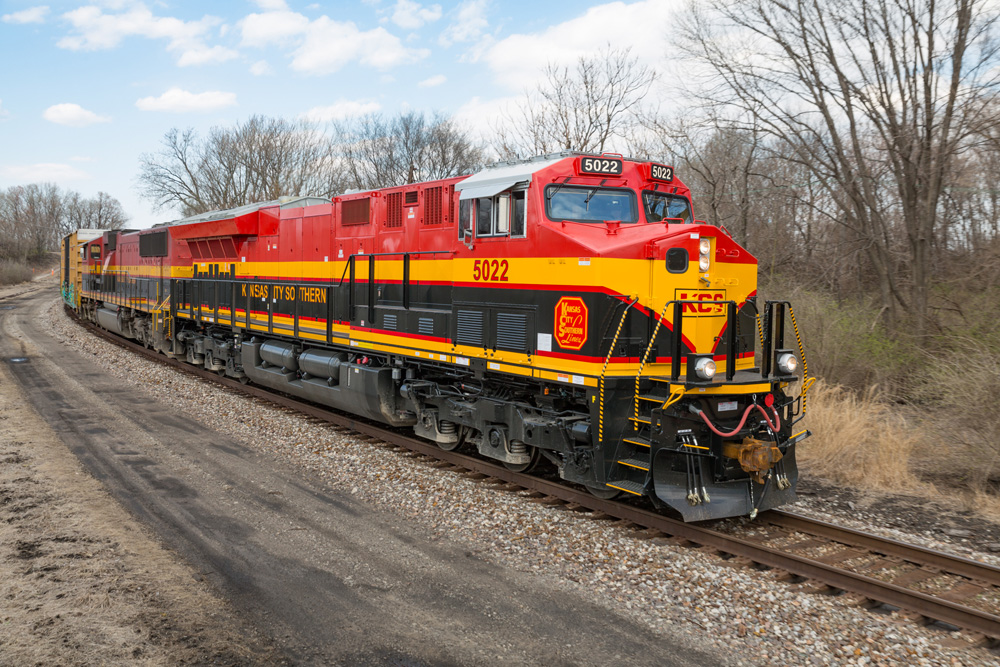
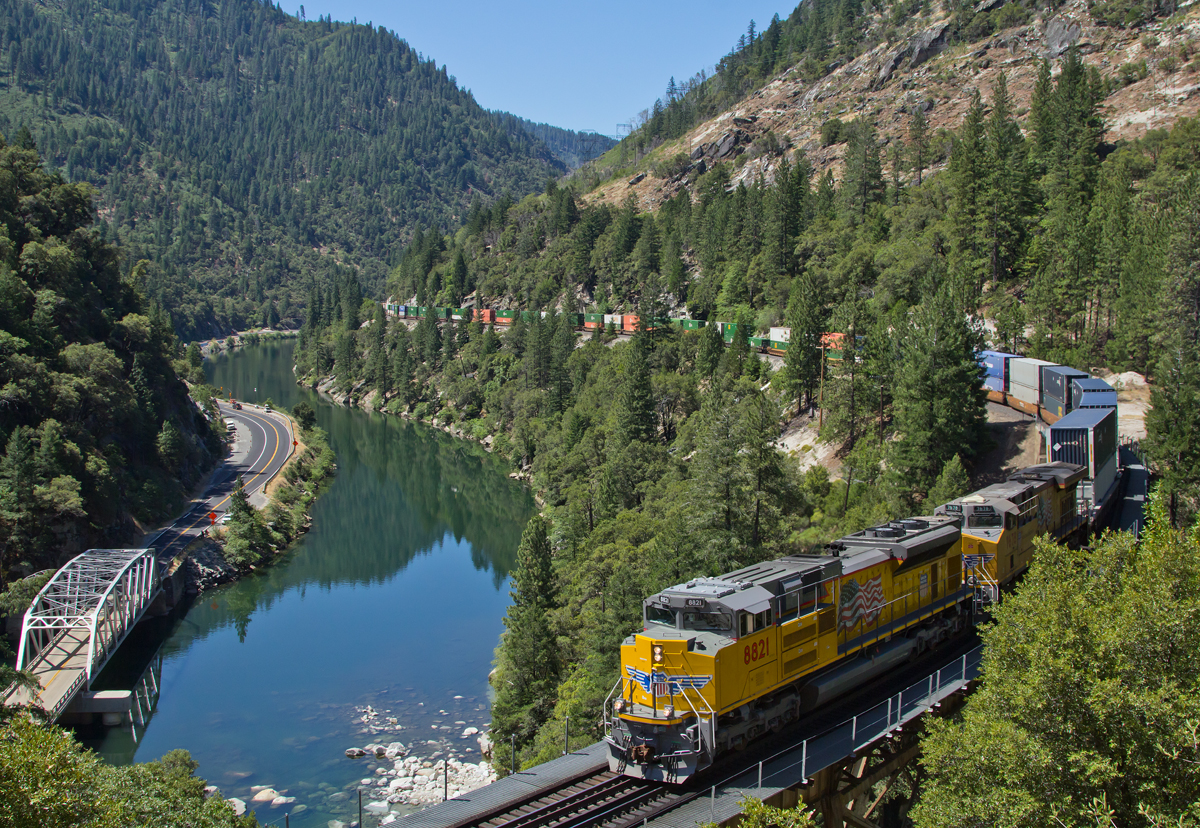
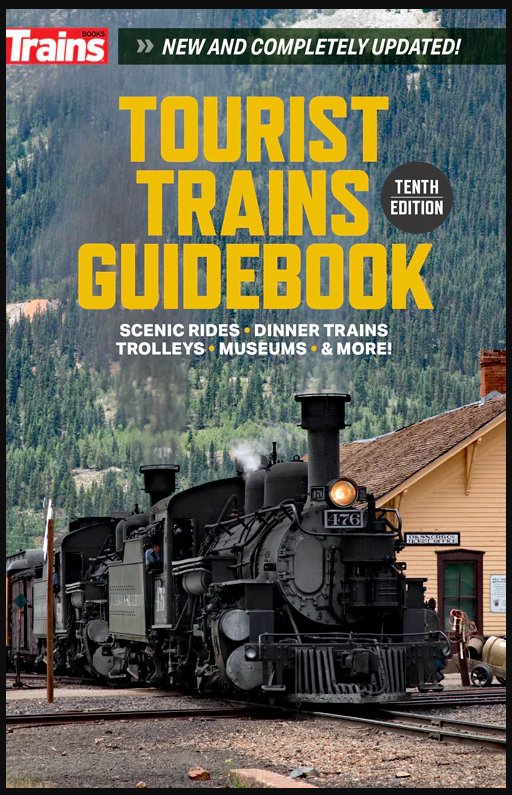


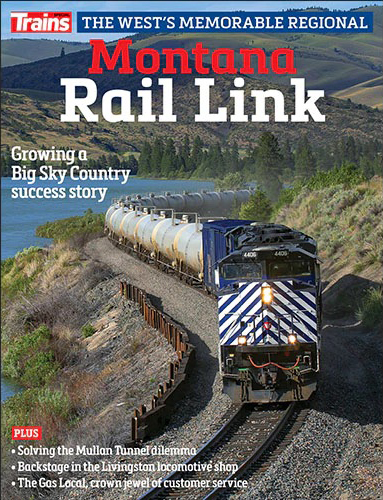
Yes, THE NEC has undue focus and is run like the public handout that it is for commuters in the DC to Boston corridor. In order for this accounting travesty to end, and as many have advocated here, the NEC , State Owned and Long distance requirement of the Amtrak enabling legislation must be separated so that the users pay their way, rather than the LD trains subsidizing the NEC with flim-flam accounting that gives LD trains no compensation. Only when each segment is run by its own CEO and board that is actually mandated to worry about each segment will all users of Amtrak finally get what was authorized in 1971. Until that happens everybody outside the NEC is just getting the SCREW!
But for the encouraging addition of Mr. Ron Batory to Amtrak’s Board, has the time arrived to finally throw in the towel, given the frequency along the NEC of catenary and electrical generation issues; inadequate inventory and persistent failure of new power and new passenger cars; inability to run on time, despite elongated schedules; the persistent fantasy of expanding services and creating new routes; a Washington-based HQ oblivious to what impacts their trains?
But for Batory, it is highly doubtful if current corporate management can defend their record of failure when facing Mr. Elon Musk. Nobody wants to hear the same old, worn-out excuses since 1971 blaming inadequate funding, the uncompetitive nature of rail transportation, high equipment and power costs basically for just one company, etc, etc.
Frankly, I prefer to remember the Santa Fe, even in the late 1960s, still proudly operating its stable of long distance trains in respect to timetables, still operating Pullmans, inviting lounges, diners in the Fred Harvey tradition, properly maintained equipment, and friendly crews. Today, Delta is Santa Fe; American is Amtrak; the privately financed passenger rail model, Brightline between Miami-Orlando, stands on its own. In essence, in America, we just cannot infuse into a federal operation the spirit found in the private sector.
I rode Santa Fe in the first years of Amtrak, when it was 100% Santa Fe equipment (engine and cars), station agents, crews and commissary. In addition to all the good others have said about Santa Fe, let me add something: the trains LOOKED nice. All of them, not just the signature Super Chief El Capitan. Can you imagine Santa Fe running the mismatched eyesores of today’s Amtrak trains? Not just the older equipment like on the Boring Alice, but even the newer trains. The new Acela power cars don’t have the same profile as the coaches. What a disgrace.
Mr. Klass LD routes are not tourist svcs they provide in many cases the only transportation option available to many communties. Most LD patrons do not travel the entire route but to points in between the origin & destination of the train. As for your traffic complaints they are due to the fact that driving is kept artificially cheap in this country. Gas taxes have not reflected the inflationary cost of hwy construction, the Federal gas tax has not increased since Bill Clinton was president. Yet the Govt continues to shelter drivers from the real cost of their drives by tapping the Treasury for over $100 billion since 2008 when the Hwy Trust Fund went broke thus adding to the deficit which so many seem to be agonized over (when convenient). Some states including my own have tacked fees onto package deliveries to fund roads. So some elderly or disabled person who does not own a car has to pay for roads they do not use to get an item they cannot get on their own otherwise, plus the delivery truck operator has already paid gas tax on the fuel for the vehicle who’s sole purpose is to deliver packages. Long story short no commuter rail or transit will alleviate your traffic frustration until drivers are forced to ante up the full cost of their drives whether through increased gas taxes or tolls. At that point you would definitely see less traffic on the road & more ridership on transit making more room for you!
Nothing will change. Here is a more honest perspective of Amtrak from teh real world, not the railfan community: https://www.nationalreview.com/corner/an-example-of-why-bidenomics-didnt-catch-on/
Amtrak needs to divest its corridor routes to the states that benefit from the services. Let them decide if and how much they want to support it. Recently, here in Washington, government officials proudly announced a large grant was awarded to study high-speed rail options between Oregon, Washington and British Columbia. This is supposedly going to reduce congestion on the I-5 corridor. Hogwash. If the involved states believe so, let hem put their money where their mouth is. Nothing they have done so far has made it easier for me to drive to Seattle, including the hugh spending by Sound Transit.
Amtrak should continue to do nothing more than run the long-haul services and needs to adjust overhead and prices to reflect the fact that these are specialty tourist any lifestyle services, not critical transportation assets.